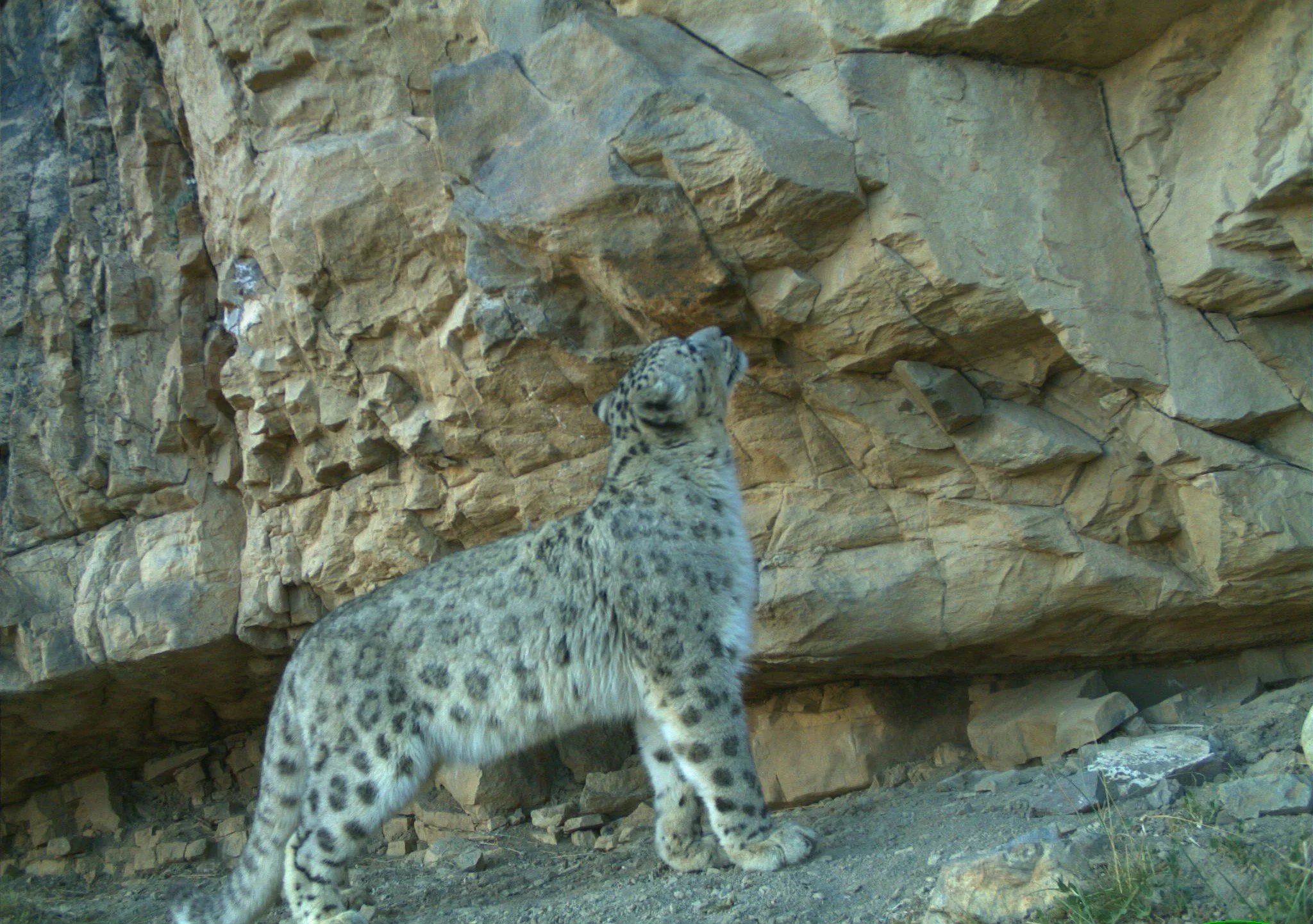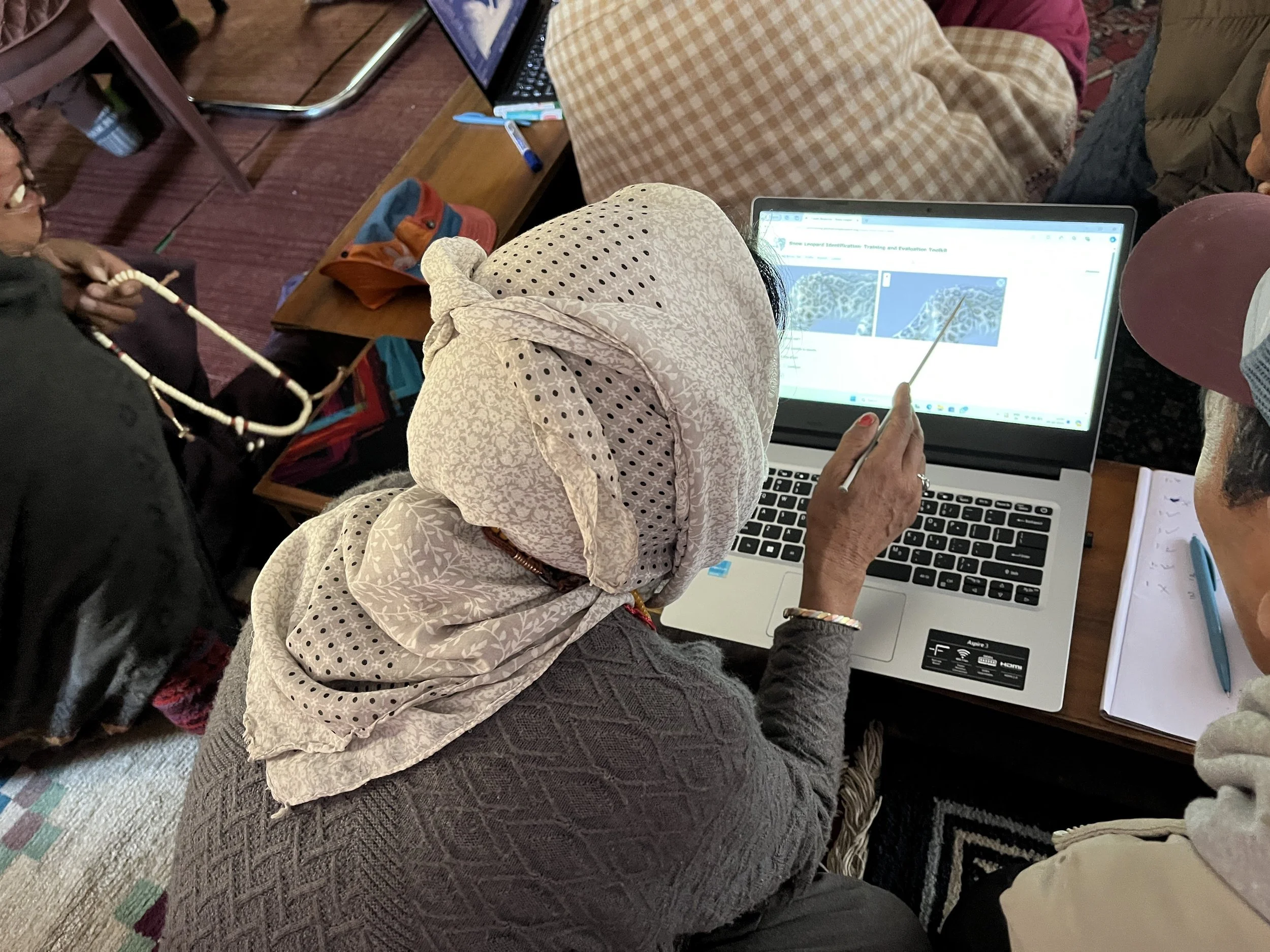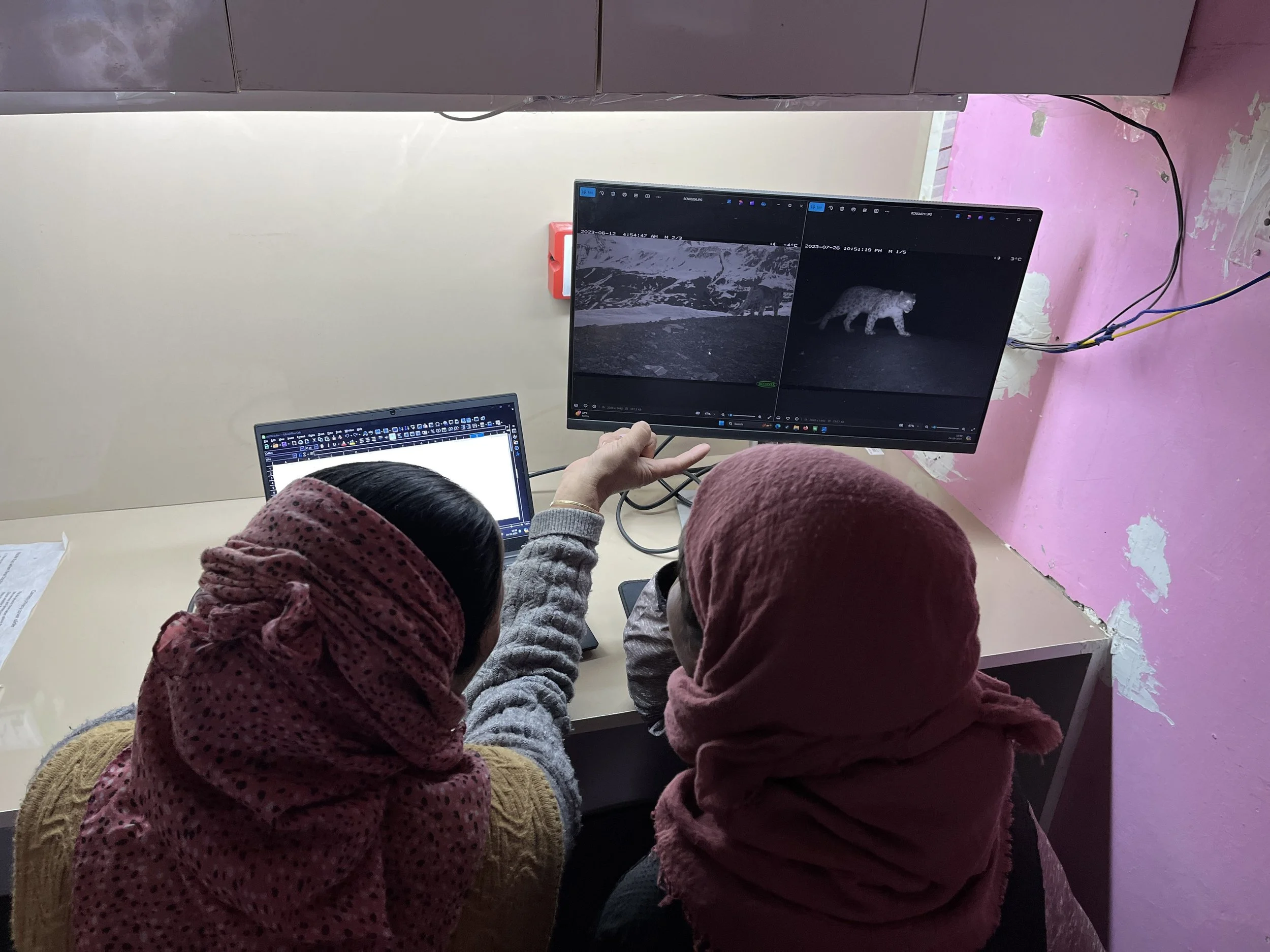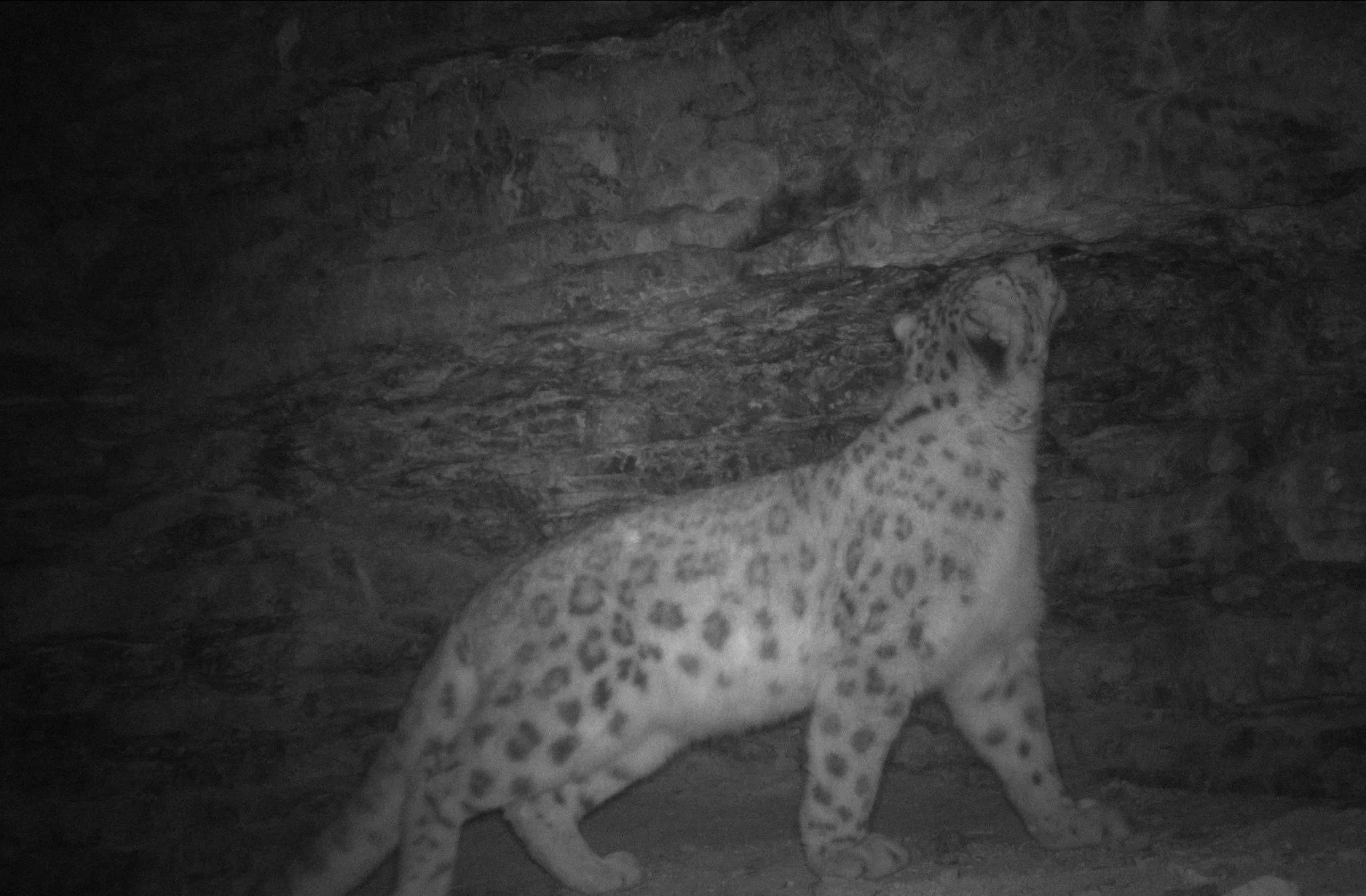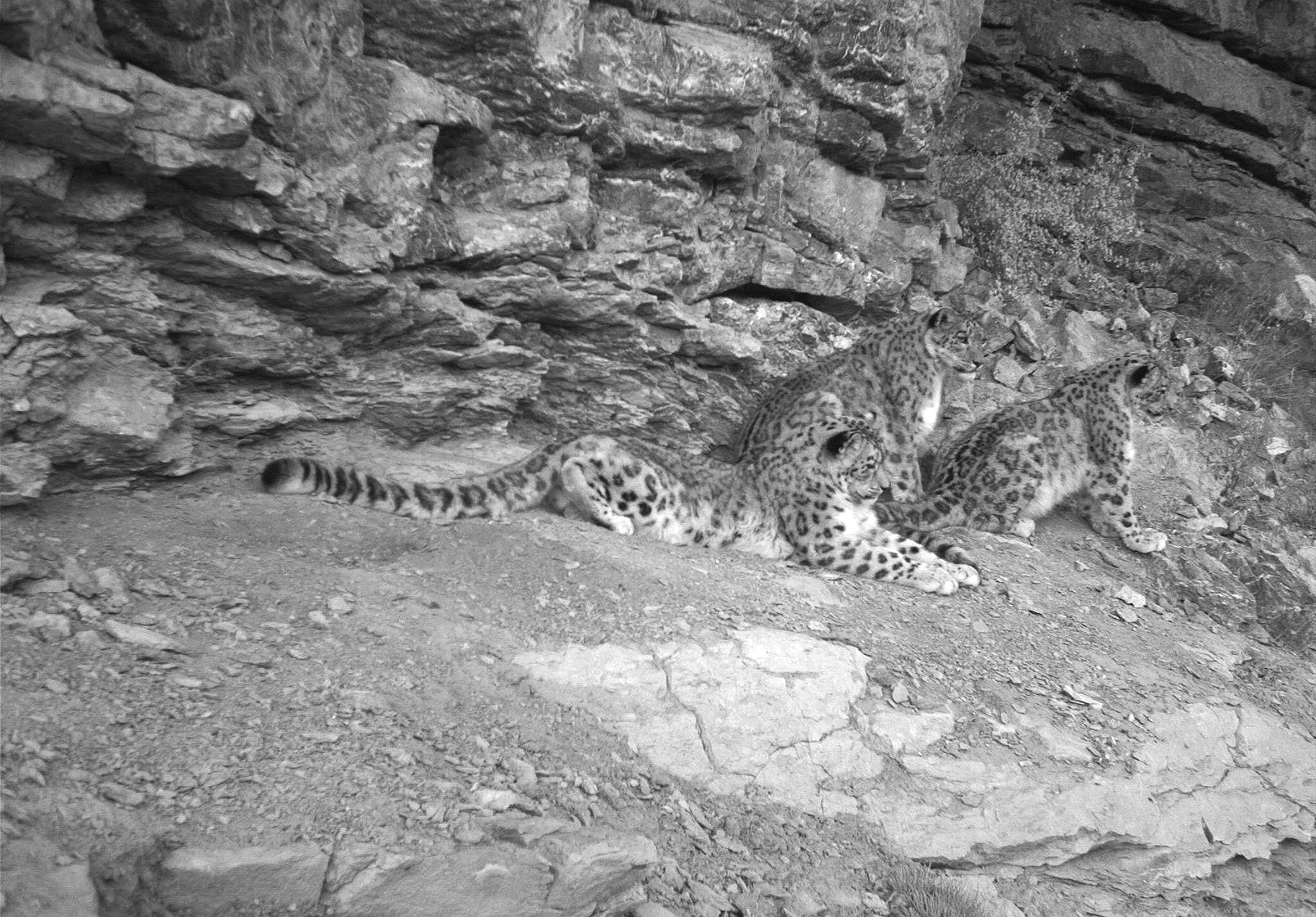
Rosette ID and Population Assessment
To estimate the population of snow leopards in a region, the first step involves the identification of snow leopard individuals from the camera trap image data. Snow leopard individuals are identified based on unique rosette patterns on their bodies, especially from the head, flanks, rump and upper parts of the tail. To determine whether two images depict the same leopard, researchers compare at least three distinct markings; if the patterns match, the images are assigned to the same individual, whereas differing patterns indicate unique individuals.
Although software tools exist for identifying individuals of other wildlife, snow leopards present a unique challenge. Their long, dense, and often ruffled fur obscures fine details, making automated pattern‑recognition algorithms unreliable. Consequently, the identification process remains largely manual, relying on the keen eyes and meticulous attention of trained observers. Any mistake at this stage introduces significant bias into subsequent population estimates, underscoring the importance of precision, patience, skill and attention to detail.
The women have examined thousands of snow leopard images from a high‑density area, comparing every image to identify distinct individuals and build profiles for each snow leopard. As more profiles are built across the landscape, they will serve as the foundation for accurate population assessments of snow leopards, with the team continually refining their methods to maximise precision.
Above - Women testing their accuracy of snow leopard identification using a learning tool.
Below - Women identifying snow leopards and building individual profiles. Usually, two women work together to identify snow leopards and they are counted as a single reviewer.
Test Your Skills
Try to identify if these individuals are the same or not. You need three distinct markings to support your claims.
You can also test your accuracy using this online tool.
